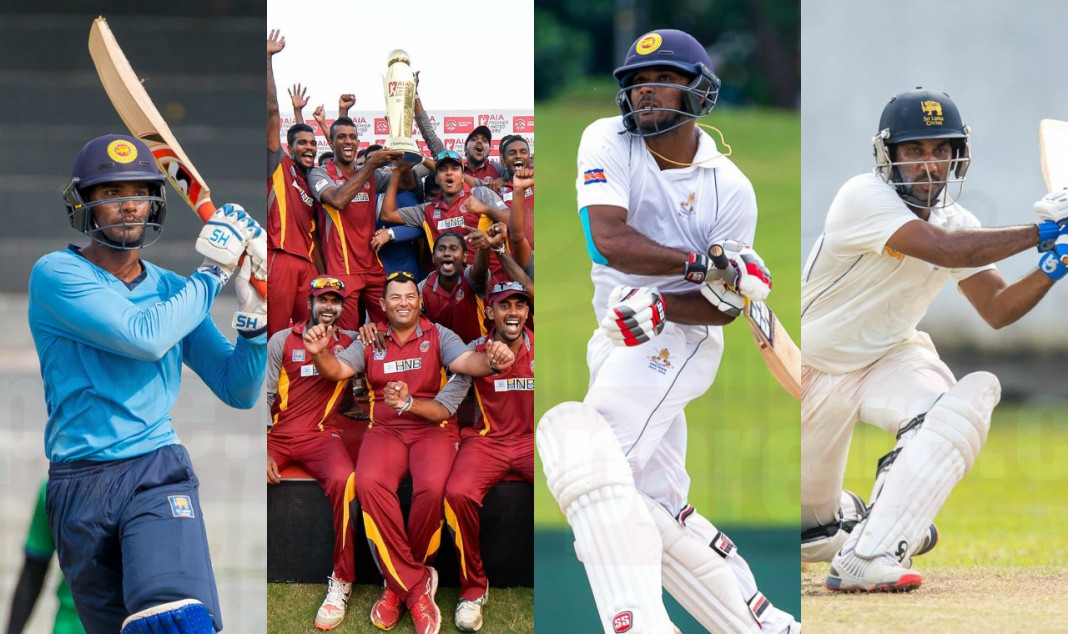Although Sri Lanka was crowned 1996 Wills World Cup Champions and 2014 ICC World T20 Champions, it is a truth widely acknowledged that we possess one of the weakest domestic cricket structures in the game when compared to other Test-playing nations.
The cricketing talent in Sri Lanka is second to none in the world but the management of that talent through the Schools and Clubs systems needs development if the national team is to perform consistently well in the International arena.
“The standard of our domestic game is poor and the gap between domestic and international is unsustainably wide. We have a strong school system, but the first-class system slows down development and when players are selected for the national team they usually struggle at the outset.” Former captain Mahela Jayawardene wrote in a column for SportsStarLive after Sri Lanka’s disastrous tour to New Zealand earlier this year.
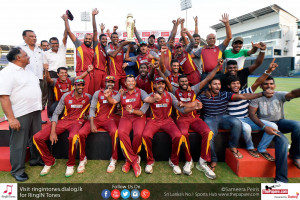
The biggest reason for this is that there is no terrestrial coverage of the matches, which is a major disappointment. How can a player identify his strengths and weaknesses after a game when there is no video footage to study? How can a die-hard fan follow domestic cricket if they are unable to actually watch the games? Even the umpires will benefit from terrestrial coverage.
Almost all Test playing nations have invested huge money to conduct lavish and high-profile T20 leagues but the recently conducted SLC Provincial T20 competition, which functioned as somewhat of a selection tournament for the Asia Cup T20 and ICC World T20, was limited to only one venue and had no TV coverage for reasons unknown to the general public. During the 2015/16 domestic season, only the inter-club limited-overs final was televised.
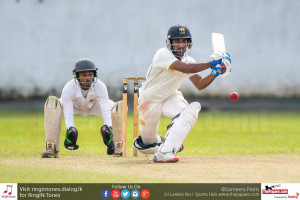
This goes to show the value of having city-based clubs with proper home venues. It is a basic requirement for all first-class teams to have their own ground and gym-facilities but in Sri Lanka some teams like the Chilaw Marians, Ragama CC, Saracens CC and Badureliya CC do not even have their own grounds but use certain other grounds as home venues.
Another factor which should be looked into is that there are many potential cricketers from the North and the East as showcased during the SLC Super 19 Provincial Tournament 2016, but how will they continue cricket after schooling? The administrators must look to identify the cream of the crop, bring them to Colombo and train them professionally throughout the year in order that they too will have the opportunity to play tier A cricket.
Many of the top nations stress heavily on their province-based or state-based tournaments but the stakeholders of Sri Lanka Cricket have constantly opposed Provincial and Zonal tournaments citing the heavy workload and fitness levels of their respective club cricketers.
A Sidath Wettimuny-led interim administration was planning to conduct a Zonal Tournament in the 2015/16 season but when the regime changed and Thilanga Sumathipala was elected President, the proposed Zonal tournament was shelved citing an intention to revive the Provincial Tournament from the 2016/17 season. But will it make a difference? We will have to wait and see how it unfolds.
“SLC conducts the highest number of tournaments in the whole world; so we have to take some serious policy decisions. We have to look at the quality and the quantity and then we have to find out ways of bringing in value to the tournaments while giving priority to our club system. The club system is very important and therefore we have to find a way of accomplishing that task.” Thilanga Sumathipala said during the start of his tenure.
In the recent past, the English county teams have outperformed the visiting Sri Lankan national team because of the quality and the depth in their domestic structure. The premier tournaments in Australia and New Zealand, The Sheffield Shield and The Plunket Shield respectively, feature only six teams and produce players who turn out to be world-class performers nearly every season. The Ranji Trophy in India has 27 state teams but when taking into consideration the sheer numbers playing in India and the fact that they have TV coverage and exposure makes that number quite acceptable. Even Bangladesh, who achieved Test status after Sri Lanka, have overtaken us in terms of domestic structure and they have reaped the rewards of their superior domestic structure in the past 24 months.
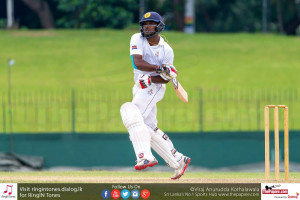
In Sri Lanka, a top first-class player is only paid about 22,500 per game; playing roughly 10 games per season this sum is truly insufficient. If we are to expect 100% commitment and a professional approach from the players in the domestic circuit, then they should be paid a living wage. Their earnings on the cricket field should be sufficient to cover, at minimum, the bare necessities of life.
Due to the low income, most players migrate to Australia or England searching for a better life, resulting in the further bleeding out of quality from the domestic circuit. They need to be properly contracted to play in Sri Lanka throughout the year if we are prevent this from happening.
“All club matches should be televised on TV and a player must get at least 100,000 SL rupees for a match, if not we will never reach the heights of Australia and England.” SSC Head Coach Gayan Wijekoon told ThePapare.com in a recent interview.
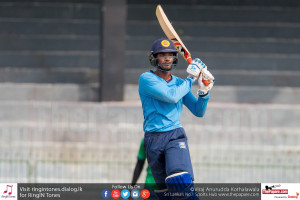
Many clubs prepare spin-friendly surfaces in a bid to favour their spin-reliant bowling attacks. The aim here is to obtain a clear advantage over opposition teams because of the pressure exerted by administrators who want quick results. In reality, there is no focus on producing good all-round players as quality is sacrificed to the “win at all costs” mentality. The administrators must look to have a proper system where the national curators overlook all the surfaces on which the first-class games are being played.
It’s clear to see that the Sri Lankan domestic cricket structure lacks the necessary level of competitiveness, application, commitment and discipline needed to manufacture cricketers capable of making an immediate impact at the international level. The administrators must not just draw plans to overcome these shortcomings, they must act fast and implement the concept, “Quality over Quantity” to bring results in the long-run.


